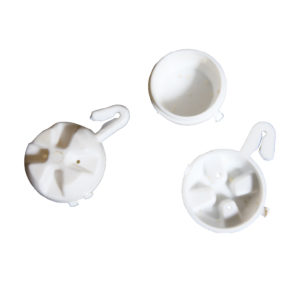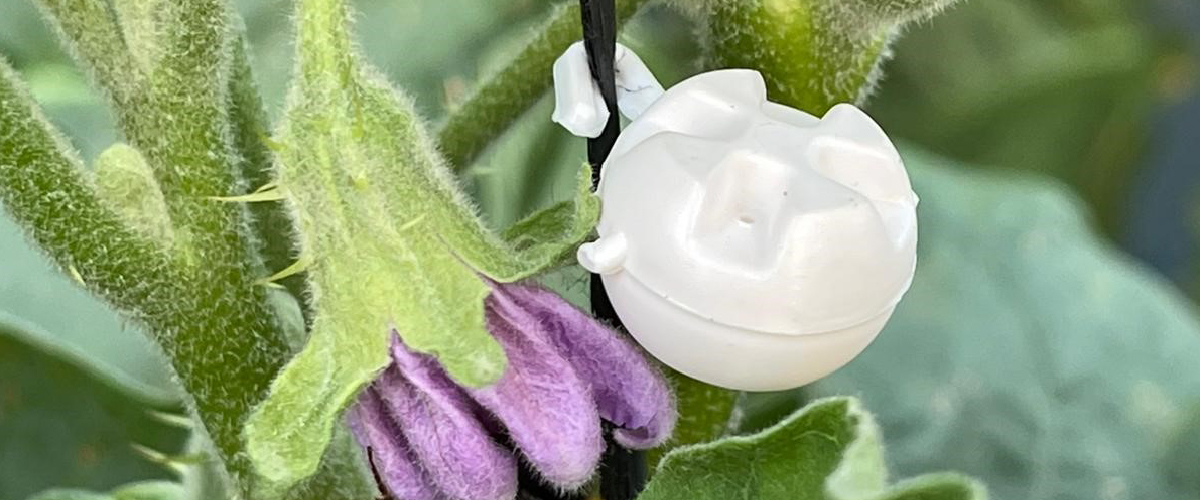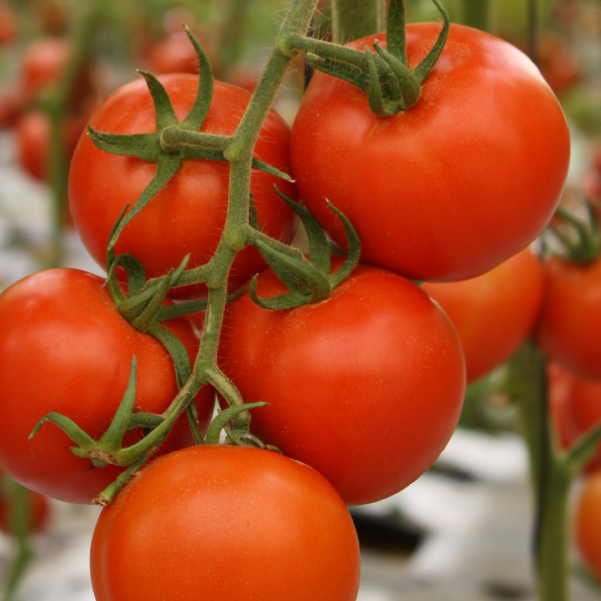BioEncarsia (Encarsia formosa) is a parasitic wasp of the Aphelinidae family. E. formosa can utilize at least 15 species of whitefly as hosts but the principal host is the greenhouse whitefly.
The tiny females are black with a yellow abdomen and opalescent wings while the males (although rare) are completely black in color. BioEncarsia should only be applied when temperatures range between 20-30°C.
Parasitized greenhouse whitefly pupae turn black in about 10 days and are easily distinguished from non-parasitized hosts.
Consult your local BioBee representative for additional details.
Target Pests
Product


BioEncarsia is available in three forms:
- Bottles of 5,000 mummies in a sawdust medium.
- Cardboard strips with mummified whitefly eggs.
- Biodegradable pods with mummified whitefly eggs.
D-boxes can be used to apply BioEncarsia throughout the crop
Application

Apply BioEncarsia within 24 hours of receipt
To apply BioEncarsia from a bottle:
- Use the D-box to distribute the “mummies” throughout the crops
- Hang the D-box about 4 leaves below the top of the plant
- Make sure the D-box is not in direct sunlight
To apply BioEncarsia as strips:
- Bend and tear off the strips
- Hang the cards among the crop about 4 leaves below the top of the plant
- Make sure the strips are not in direct sunlight
To apply BioEncarsia as pods:
- Hang the pods among the crop about 4 leaves below the top of the plant
- Or place the pods on the soil, near the plant
- Make sure the pods are not in direct sunlight
Before combining BioEncarsia with any chemical pesticide in the crop, please consult your BioBee technical field representative.
Crops
Storage
-

Storage temperature
-

Do not store in sunlight
-

Store horizontally
-

Apply within 24 hours
Disclaimer
BioBee Sde Eliyahu Ltd. produces and markets biological products. Production is carried out using innovative techniques under controlled quality assurance standards such as ISO 9001:2015, as well as IOBC’s international standards for mass-production of insects. All products are tested to meet specification requirements before leaving the factory.
The success of biological pest control is affected by the crop’s initial pest population (upon application of the product), weather conditions and chemical residue present in the crop, among other possible aggravating factors.
Under no circumstance shall BioBee be liable for the outcome of the implementation in the field, as it has no control over local conditions, the application method, or the possible improper treatment/storage of the product.















